Diagnostic Link DDDL 8.09: Essential Tool for Diesel Vehicle Diagnosis
Diagnostic Link DDDL 8.09 is a powerful diagnostic software designed for Detroit Diesel engines. It allows technicians to communicate with electronic control units (ECUs) effectively and perform thorough vehicle diagnostics. This article will explore the key features, installation requirements, and functional capabilities of DDDL 8.09. It will also cover the advanced service routines and the benefits of using this essential tool for diesel vehicle maintenance.
Table of Contents
ToggleOverview of Diagnostic Link DDDL 8.09
DDDL 8.09 serves as a pivotal tool for diagnostics within the realm of Diesel engines, providing a comprehensive suite of features for effective vehicle assessment.
Key Features of DDDL 8.09
This version brings forth numerous functionalities essential for technicians, including:
- Detailed ECU data viewing, which allows mechanics to access information regarding connected ECUs.
- Fault code operations including identification and troubleshooting of error codes.
- Real-time data visualization, enabling the monitoring of engine performance metrics.
- Advanced service routines to simplify maintenance tasks.
- Programming capabilities for both CPC and MCM, adapting controls as needed.
Compatibility with Detroit Diesel Engines
DDDL 8.09 provides extensive compatibility across various Detroit Diesel engine models. This ensures that technicians can efficiently diagnose and service a wide range of vehicles, from older models to the latest iterations. The integration with the latest ECUs enhances the overall diagnostic experience and minimizes downtime.
User Interface and Navigation
The user interface of DDDL 8.09 is designed for simplicity and ease of navigation. Key aspects include:
- An intuitive layout that streamlines access to diagnostic functions.
- Clear display of diagnostic information and real-time data.
- Accessible menus that facilitate quick selection of service routines and fault code management.
Such elements contribute to a smoother workflow for technicians, reducing the learning curve associated with the software.
Installation and System Requirements
Proper installation of DDDL 8.09 is crucial for optimal performance. Below are the detailed requirements and procedures needed to successfully set up the diagnostic software.
Compatible Windows Versions
DDDL 8.09 requires specific Windows operating systems for installation. The following versions are compatible:
- Windows 10 (64-bit)
- Windows 8.1 (64-bit)
- Windows 7 (64-bit)
Using one of these supported operating systems ensures that the software operates smoothly and effectively.
Required Cables and Adapters
To successfully connect DDDL 8.09 to the vehicle’s ECU, specific cables and adapters are necessary. The essential components include:
- NexIQ USB-Link 3: This tool offers both USB and Bluetooth connectivity, providing flexibility for use in different environments.
- Serial cables: Depending on the vehicle and ECU type, some setups may require additional serial cables.
Installation Process
The installation process for DDDL 8.09 consists of several straightforward steps:
- Download the software from a reliable source, ensuring the latest version is acquired.
- Run the installation file and follow the on-screen prompts to complete the setup.
- Connect the required cables and adapters to the computer and the vehicle’s ECU.
- Launch the software and perform necessary configurations to establish communication with the vehicle.
Following these steps will allow for a successful DDDL 8.09 installation, enabling advanced diagnostic capabilities.
Functional Capabilities
The functional capabilities of the diagnostic software provide essential tools for technicians to effectively monitor and troubleshoot Detroit Diesel engines. With comprehensive access to ECU data and fault codes, users can diagnose issues quickly and accurately.
Viewing ECU Data
Information About the Connected ECUs
This functionality allows technicians to access detailed information about the connected Electronic Control Units (ECUs). Knowing the specific types of ECUs connected helps in identifying potential issues and understanding interactions within the vehicle’s systems.
Display Variable Values
Users can view variable values related to engine performance and other operational metrics. This capability is crucial for assessing real-time performance and detecting anomalies that may indicate underlying problems.
Fault Code Operations
Perform Standard Fault Code Operations
The software enables carrying out standard operations related to fault codes efficiently. Technicians can retrieve fault codes, clear them, and identify specific issues that need to be addressed.
Troubleshooting Fault Codes
Advanced troubleshooting tools are provided to help diagnose fault codes. This feature allows users to explore common issues associated with specific codes and receive guidance on the necessary corrective actions.
Real-Time Data Visualization
Read and Display Variable Values
The ability to read and display variable values in real-time is a cornerstone of effective diagnostics. This offers instant feedback regarding engine status and alerts technicians to potential failures as they occur.
Graphical Display of Real-Time Data
Incorporating graphical displays enhances the analysis of real-time data. Visualization tools help in interpreting trends and fluctuations in engine performance, making it easier to pinpoint areas needing attention.
Advanced Service Routines
Advanced Service Routines provide technicians with vital functionalities to enhance vehicle maintenance and diagnostics. These routines simplify complex tasks, allowing for efficient service and precise control over engine components.
Perform Service Routines
Service routines are critical for maintaining optimal engine performance. These tasks include:
- Calibration of sensors and actuators
- Resetting service indicators
- Executing engine and transmission tests
Such routines are designed to improve the reliability and uptime of heavy-duty vehicles. Timely execution ensures that the vehicle operates within its designed parameters, enhancing fuel efficiency and reducing emissions.
New Diagnostic Tools
DDDL 8.09 introduces a suite of new diagnostic tools that facilitate comprehensive analysis and troubleshooting. Some of these tools include:
- Enhanced fault isolation techniques
- Dynamometer tests for performance evaluation
- Advanced scheduling for routine maintenance
Utilizing these tools allows technicians to quickly pinpoint malfunctions, leading to faster repairs and improved fleet management.
Programming the CPC and MCM
The ability to program the Control Power Module (CPC) and the Main Control Module (MCM) is a significant feature of this software. This includes:
- Updating software versions to the latest standards
- Configuring parameters for performance optimization
- Calibration for new or replaced components
Programming ensures that all electronic components are functioning harmoniously, contributing to overall vehicle efficiency and longevity.
Managing Parameters and Controls
Effectively managing engine parameters is crucial for optimizing the performance and efficiency of diesel engines. This section covers essential aspects of configuring and controlling various systems within the engine.
Configure and Manage Engine Parameters
This functionality allows technicians to customize engine settings based on specific operational requirements. Adjustments can include:
- Changing fuel injection rates.
- Modifying idle speed settings.
- Altering turbocharger boost parameters.
These configurations help in achieving better fuel efficiency and adapting to different driving conditions, ensuring that the engine operates optimally at all times.
Fuel System Management
Managing the fuel system is vital for maintaining engine health and performance. Key features include:
- Monitoring fuel pressure levels to ensure proper delivery.
- Adjusting injector timing for optimal combustion.
- Diagnosing fuel quality issues through detailed analysis.
With accurate fuel system management, technicians can prevent common fuel-related problems that can lead to decreased performance or costly repairs.
EGR Control Settings
The management of Exhaust Gas Recirculation (EGR) is essential for minimizing emissions and enhancing engine efficiency. Important aspects include:
- Configuring EGR valve timing.
- Monitoring EGR flow rates in real-time.
- Adjusting settings to minimize NOx emissions.
Accurate EGR control not only helps in meeting regulatory standards but also supports the longevity and efficiency of the engine, contributing to overall fleet performance.
Benefits and Advantages
The use of Diagnostic Link DDDL 8.09 offers numerous benefits that enhance the operational efficiency of diesel diagnostics and maintenance. These advantages significantly streamline vehicle inspections and repairs, ultimately contributing to improved vehicle performance and uptime.
Support for Heavy Duty Trucks
DDDL 8.09 is specifically designed to cater to the needs of heavy-duty trucks. Its compatibility with a wide range of Detroit Diesel engines enables technicians to assess and troubleshoot complex engine issues effectively.
- Access to detailed ECU information for various truck models.
- Ability to execute advanced diagnostic functions to ensure optimal performance.
Saving Time and Resources
By providing quick access to vital diagnostic information, DDDL 8.09 significantly reduces the time spent on vehicle inspections. This efficiency translates into decreased labor costs and minimized downtime.
- Rapid identification of issues leads to quicker repairs and lower operational costs.
- Enhanced data visualization allows for more effective decision-making during diagnostics.
Troubleshooting and Support
Effective troubleshooting and support are crucial for optimizing the use of diagnostic tools. Understanding common issues and knowing how to access assistance can streamline the repair process.
Identifying Common Fault Codes
The ability to identify and interpret fault codes is vital for quick diagnosis. Some of the most frequent fault codes include:
- SPN (Suspect Parameter Number) codes: These refer to specific issues detected in the engine or associated systems.
- FMI (Failure Mode Indicator) codes: These indicate the type of failure, such as voltage issues or sensor malfunctions.
- ECU-specific codes: Each engine control unit may generate unique codes that require detailed understanding.
Utilizing the DDDL 8.09 software, technicians can quickly access a glossary of fault codes, reducing diagnostic time.
Accessing Support for DDDL 8.09
Support for the DDDL 8.09 software can be sourced from various platforms. A few key resources include:
- Official documentation: Comprehensive guides and manuals that offer troubleshooting steps and solutions.
- Technical support teams: Assistance can be sought through dedicated support channels for more complex issues.
- Online knowledge bases: Many distributors provide access to FAQs and troubleshooting articles.
Participating in User Forums
User forums serve as an excellent platform for sharing experiences and solutions. Benefits of engaging in these communities include:
- Exchanging tips and tricks with industry peers to resolve common issues.
- Learning about the latest updates or patches that enhance the DDDL software.
- Finding real-world examples of troubleshooting techniques that have proven effective.
By actively participating, users can enhance their knowledge and improve their troubleshooting skills.






 CLAAS
CLAAS CNH
CNH

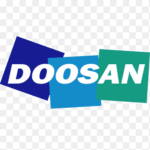



 HITACHI
HITACHI



 JPRO
JPRO KUBOTA
KUBOTA MAGIC TUNER
MAGIC TUNER
 MANITOU
MANITOU
 NEXIQ
NEXIQ NONSELF
NONSELF PACCAR
PACCAR


 PSI POWERLINK
PSI POWERLINK




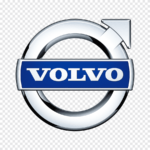


 ZF TESTMAN
ZF TESTMAN

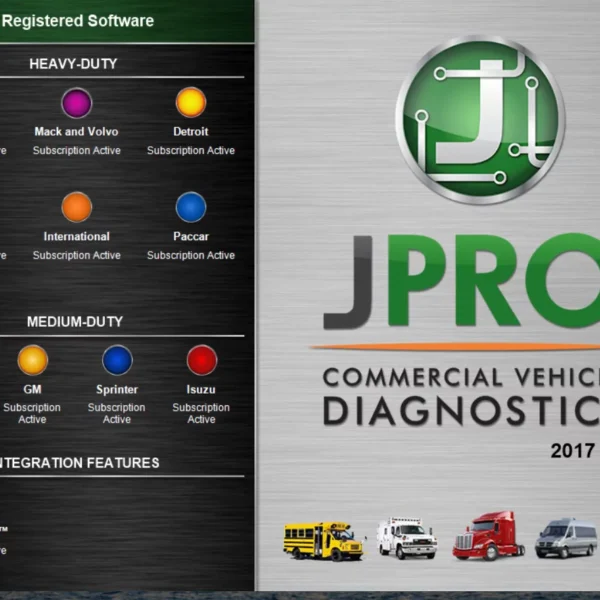




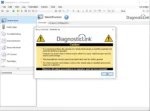


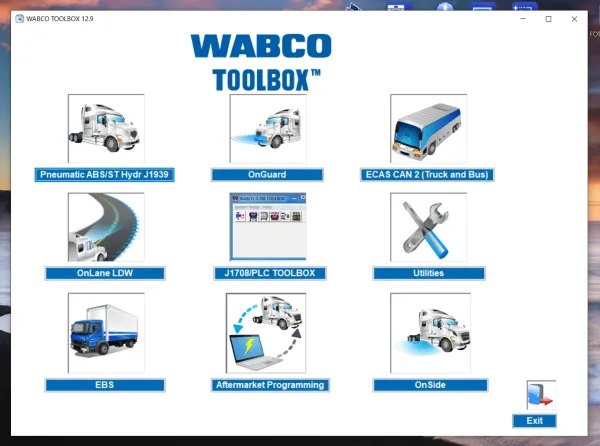
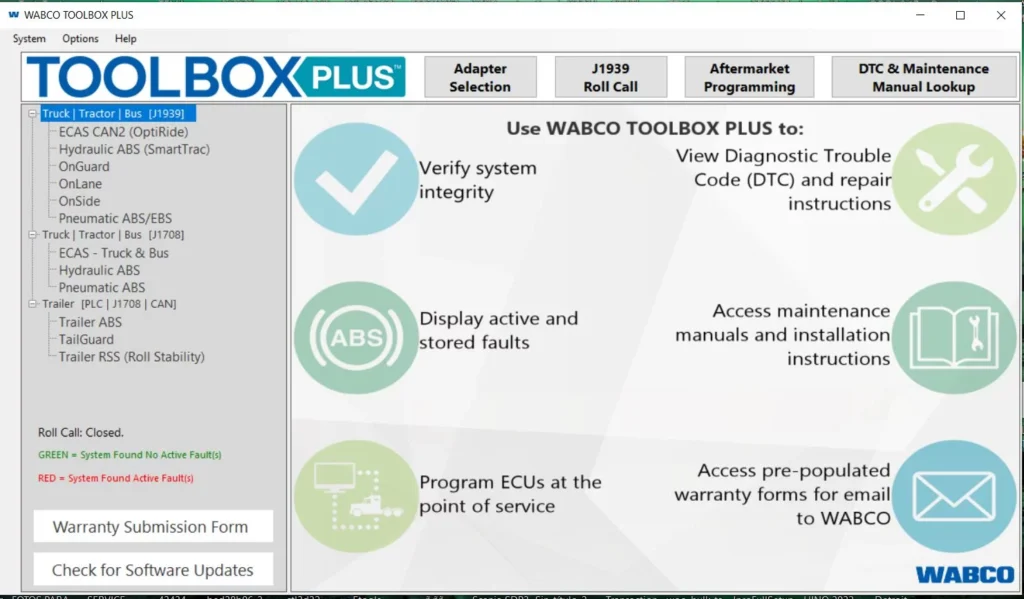
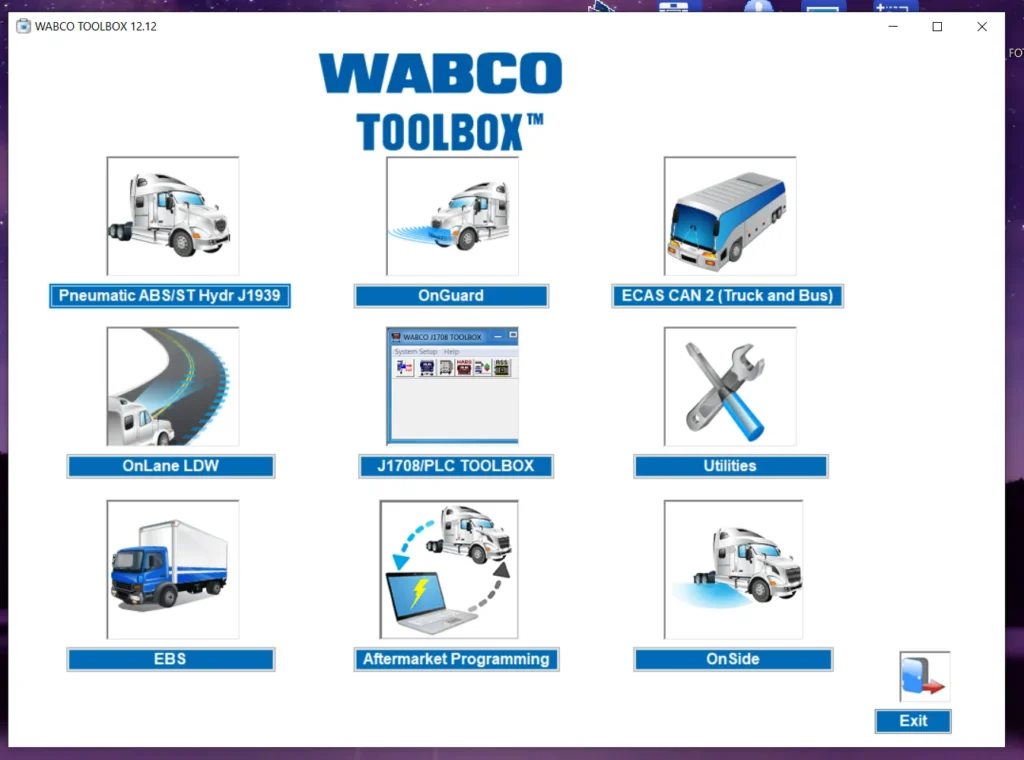
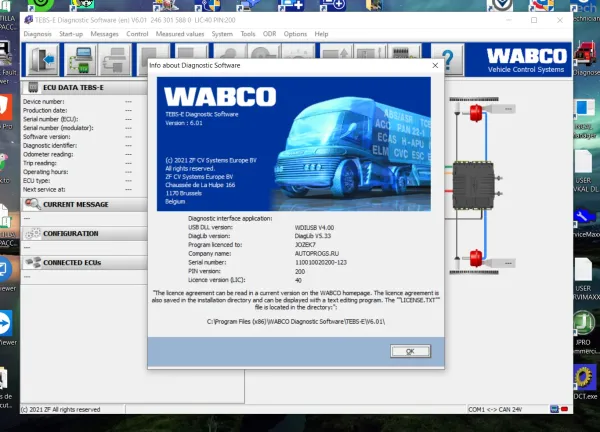

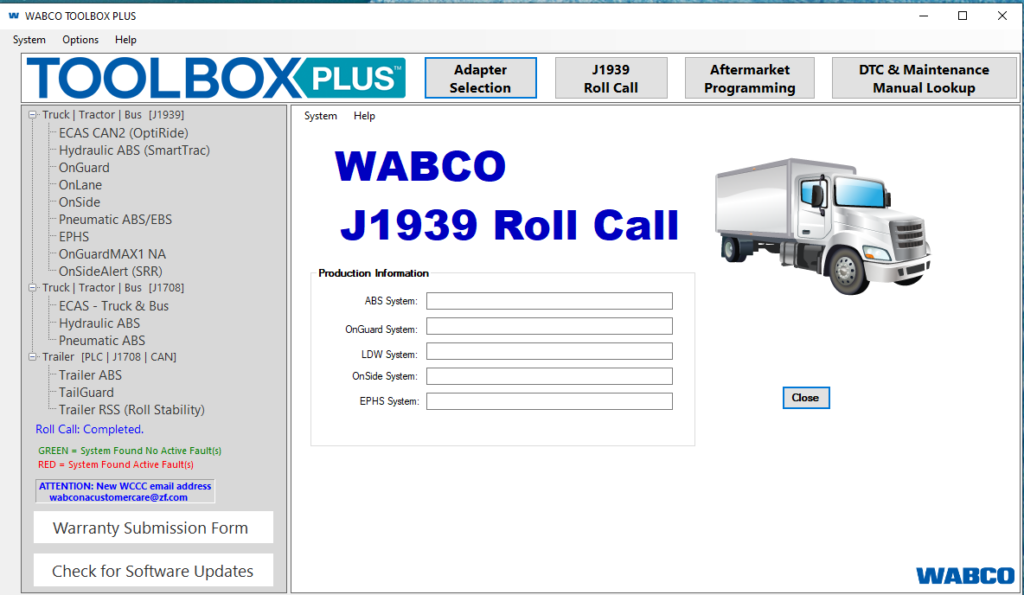


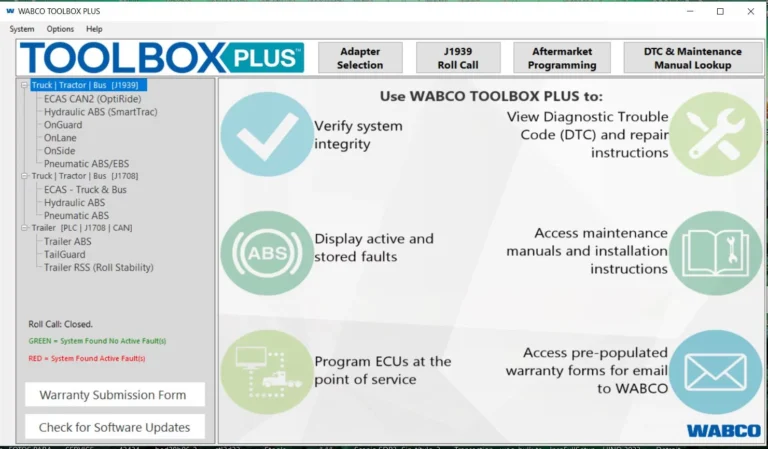
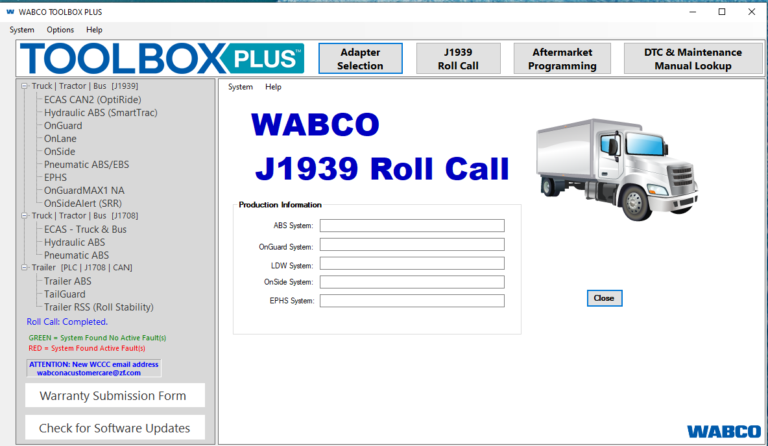
Reviews
Clear filtersThere are no reviews yet.